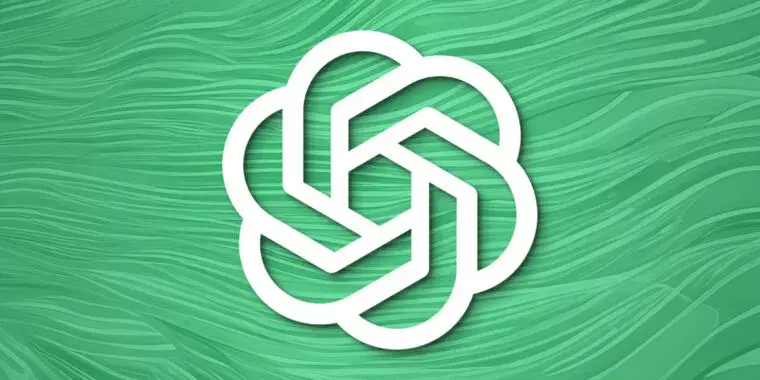Apparently, stealing other people’s work to create product for money is now “fair use” as according to OpenAI because they are “innovating” (stealing). Yeah. Move fast and break things, huh?
“Because copyright today covers virtually every sort of human expression—including blogposts, photographs, forum posts, scraps of software code, and government documents—it would be impossible to train today’s leading AI models without using copyrighted materials,” wrote OpenAI in the House of Lords submission.
OpenAI claimed that the authors in that lawsuit “misconceive[d] the scope of copyright, failing to take into account the limitations and exceptions (including fair use) that properly leave room for innovations like the large language models now at the forefront of artificial intelligence.”



Either you’re vastly overestimating the degree of understanding and insight AIs possess, or you’re vastly underestimating your own capabilities. :)
This whole AI craze has just shown me that people are losing faith in their own abilities and their ability to learn things. I’ve heard so many who use AI to generate “artwork” argue that they tried to do art “for years” without improving, and hence have come to conclusion that creativity is a talent that only some have, instead of a skill you can learn and hone. Just because they didn’t see results as fast as they’d have liked.
Very well said! Creativity is definitely a skill that requires work, and for which there are no short cuts. It seems to me that the vast majority of people using AI for artwork are just looking for a short cut, so they can get the results without having to work hard and practice. The one valid exception is when it’s used by disabled people who have physical limitations on what they can do, which is a point that’s brought up occasionally - and if that was the one and only use-case for these models, I think a lot of artists would actually be fine with that.
I started drawing seriously when I was 14. Looking at my old artwork, I didn’t start improving fast until I was around 19 or 20. Not to say I didn’t improve at all during those five to six years but the pace did get faster once I had “learned to learn” so to say. That is to say it can take a lot of patience to get to a point where you actually start seeing improvement fast enough to stay motivated. But it is 100% worth it because at the end you have a lot of things you have created with your own two hands.
And regarding the point on physical limitations, I can’t blame anyone in a situation like that for using AI if they have no other chance for realising their imaginations. For others, it is completely possible and not reserved for people who have some mythical innate talent. Just grab a pen or a brush and enjoy the process of honing a fine skill regardless of the end result. ❤️
Alternatively, you might be vastly overestimating human “understanding and insight”, or how much of it is really needed to create stuff.
Average humans, sure, don’t have a lot of understanding and insight, and little is needed to be able to draw a doodle on some paper. But trained artists have a lot of it, because part of the process is learning to interpret artworks and work out why the artist used a particular composition or colour or object. To create really great art, you do actually need a lot of understanding and insight, because everything in your work will have been put there deliberately, not just to fill up space.
An AI doesn’t know why it’s put an apple on the table rather than an orange, it just does it because human artists have done it - it doesn’t know what apples mean on a semiotic level to the human artist or the humans that look at the painting. But humans do understand what apples represent - they may not pick up on it consciously, but somewhere in the backs of their minds, they’ll see an apple in a painting and it’ll make the painting mean something different than if the fruit had been an orange.